By: Lucy radocha
0 Comments
By: Julian harvey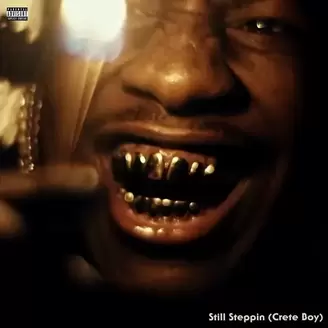 Image from Reddit.com Image from Reddit.com The Atlanta rapper garnered a die-hard following after his 2015 debut. Songs like “One Night” and the Dram-assisted “Broccoli” exploded the then-teenage artist well past the SoundCloud trending charts and onto the cover of the 2016 XXL Magazine Freshman Class edition. Since then, Yachty has dropped some of his most successful records and has certainly seen his fair share of the Hot 100—mostly as a feature or alongside featured artists. He appears on songs like 2017’s “ISPY” with Kyle and again in that same year with his Quality Control labelmate Quavo on “Ice Tray.” I love lots of songs from this era of Yachty, and I can even get behind some of his albums as a whole. Around “Nuthin’n 2 prove,” though, I can admit I started to lose interest. It felt to me like Yachty—who had started to transition more into the fashion and internet content space—had become more of a personality than a musician. I was resigned to no longer expecting greatness when Yachty dropped. That all changed in late 2022 when a viral snippet started to trend on TikTok. I was elated to hear what I initially assumed was an unreleased song from half a decade ago that had bubbled up through the algorithm to find me. I went to SoundCloud with the feeling that I was dusting off an old record player, ready for a throwback and a little bit of nostalgia. I started to second-guess myself when I couldn't find the song no matter what I searched. It occurred to me that the song had to be an unreleased snippet of a new and upcoming Lil Yachty track—one with the unique voice and perspective that caught the attention of a younger me. The song went on to be called “Poland” and it was everything I wanted to see from Boat: funny, catchy, clever and made complete by a Lyrical Lemonade music video. Not long after that, he seemed to catch lightning in a bottle twice when his record “Strike” caught fire in much the same way “Poland” had. The record was packaged in a small EP on its official release and that EP introduced tons of people, including myself, to a few of the standouts from Yachty’s album that had more quietly dropped earlier that year. I write this now on the night of the official release of yet another new classic in the Lil Yachty canon: “SOLO STEPPIN CRETE BOY,” which he previewed as part of a cypher last week. The still-only 25-year-old artist seems to be hitting his second prime and I, for one, am excited to welcome this new era of Lil Boat supremacy.
I was determined to board the hype train. So, I got to work with the end goal of desperately wanting this mysterious record.
For a year filled with political disagreement, the only thing that we could virtually all agree on is that 2020 was a terrible year overall, and every time we thought it was getting better, 2020 set out to prove us wrong. For a lot of us, music is often the greatest way of coping with the world at large, whether you’re using it to block out everything that’s going on, or using it to look at the bullshit dead in the eyes. This is some of the music KSLU students used in 2020 to deal with this disaster of a year.
By: Taylor StallingMy absolute favorite Christmas song is the pinnacle of Black Christmas music: Donny Hathaway’s “This Christmas.” Not only does the song embody the holiday season for me personally, but I believe that it also reflects the larger cultural importance of Black Christmas music. Imani Perry, the Hughes-Rogers Professor of African-American Studies at Princeton University, puts it this way: “‘This Christmas’ by Donny Hathaway is to Christmas as ‘Before I Let Go’ is to cookouts and as ‘Lift Every Voice and Sing’ is to Martin Luther King Jr. breakfasts and HBCU graduations.” And she’s absolutely right.
|
Archives
April 2024
Categories |
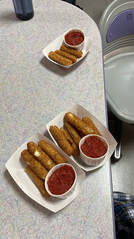
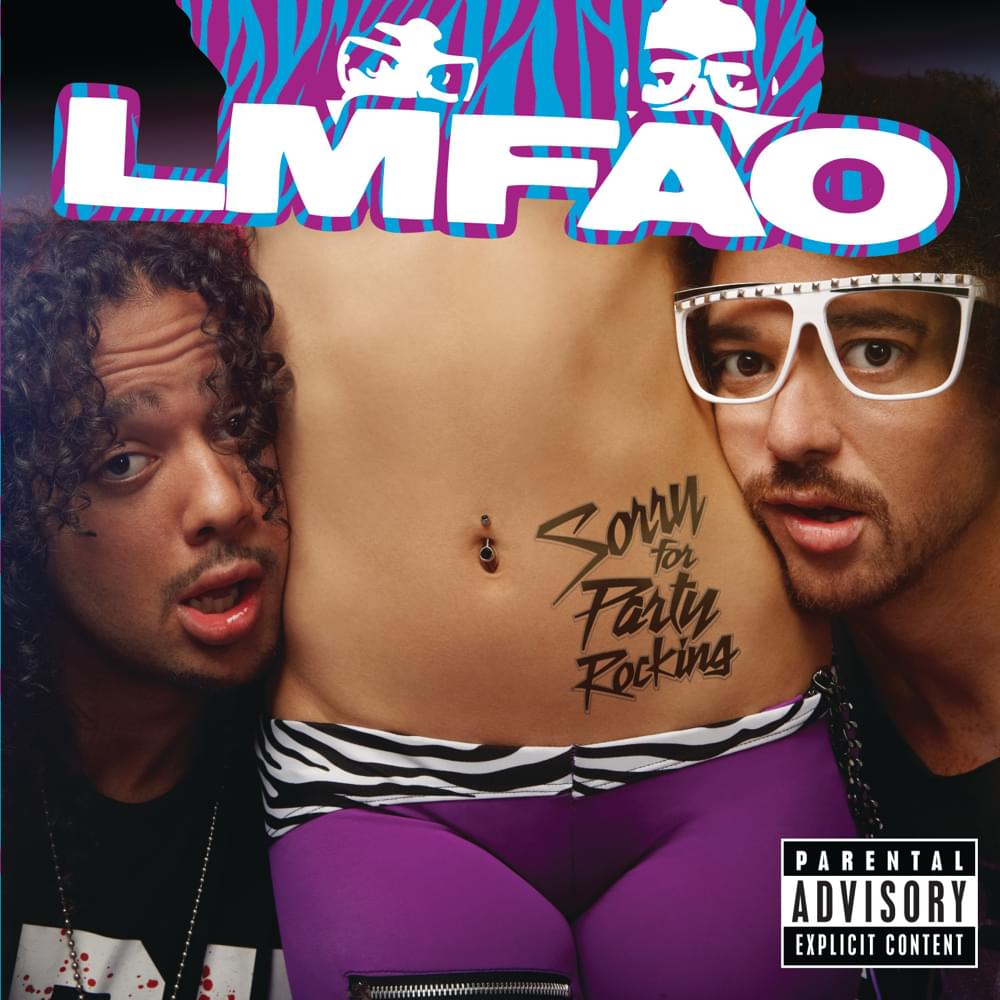
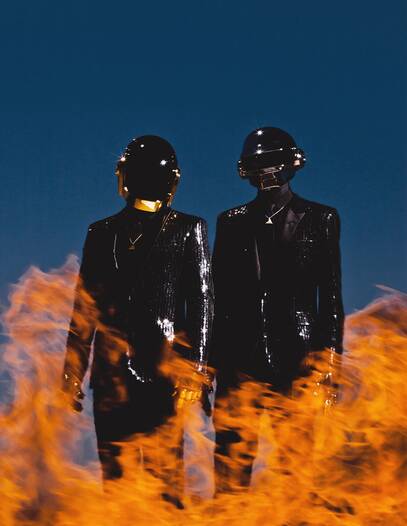
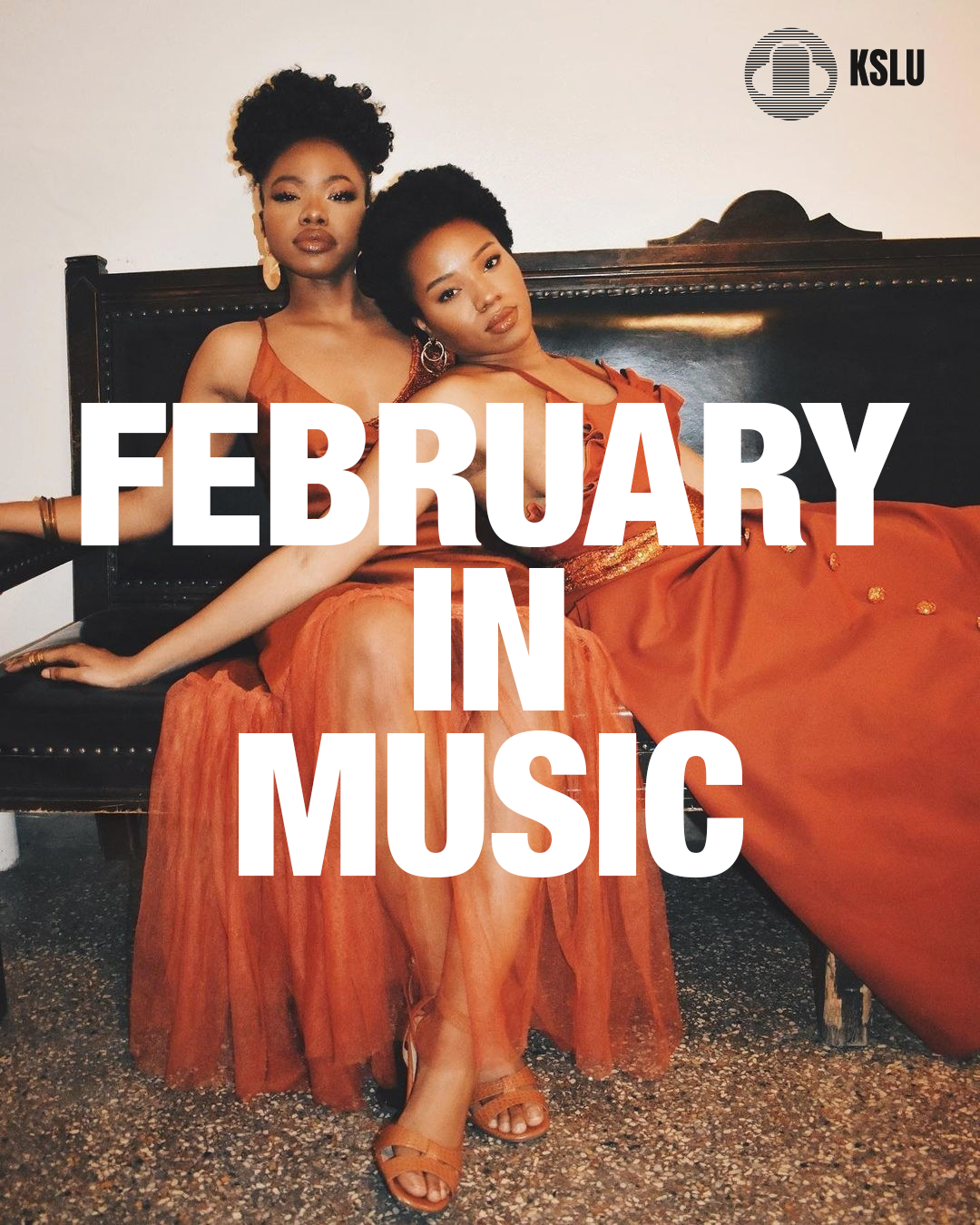

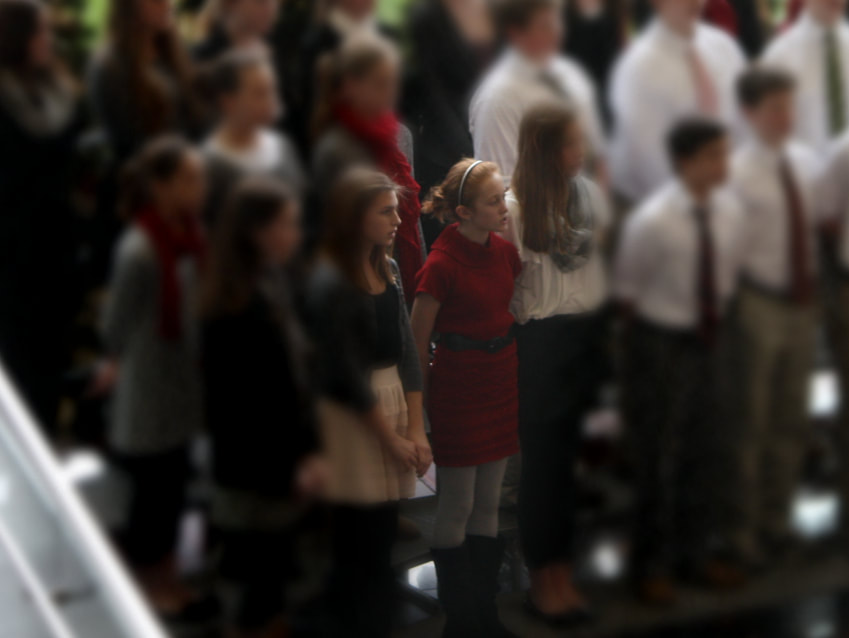
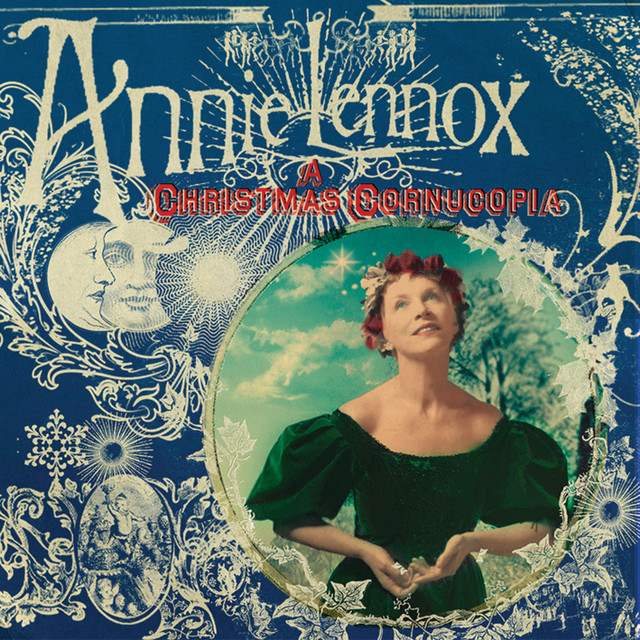
 RSS Feed
RSS Feed
